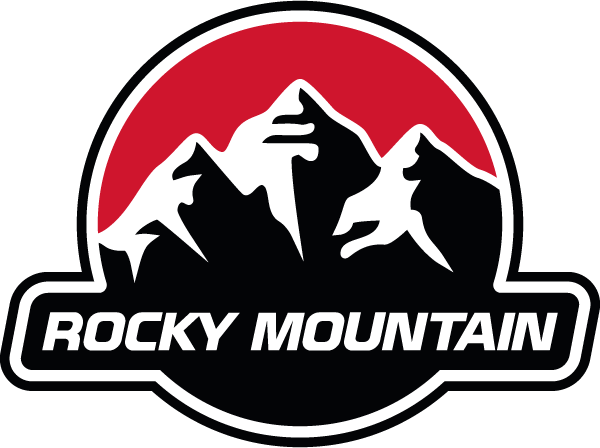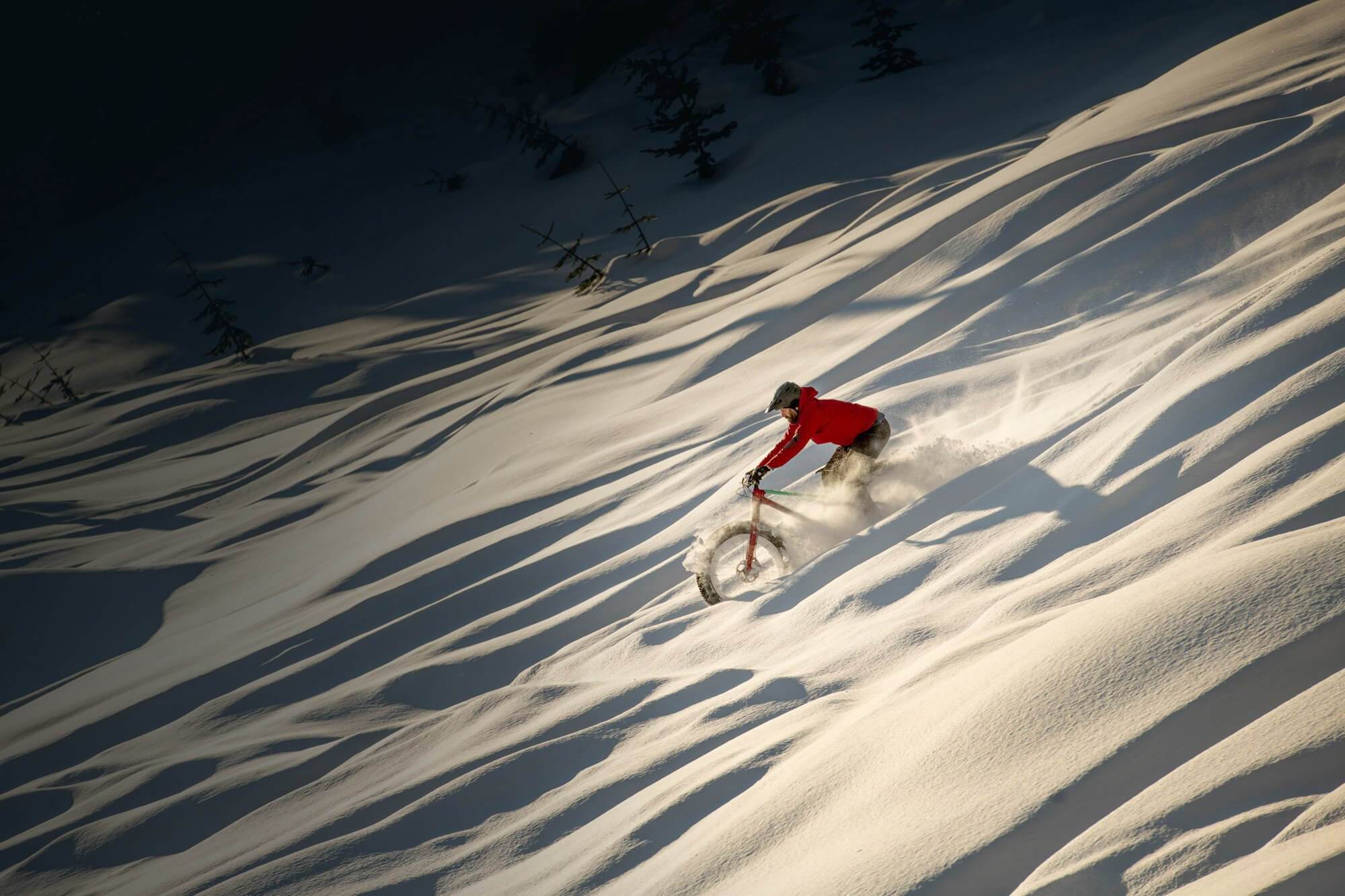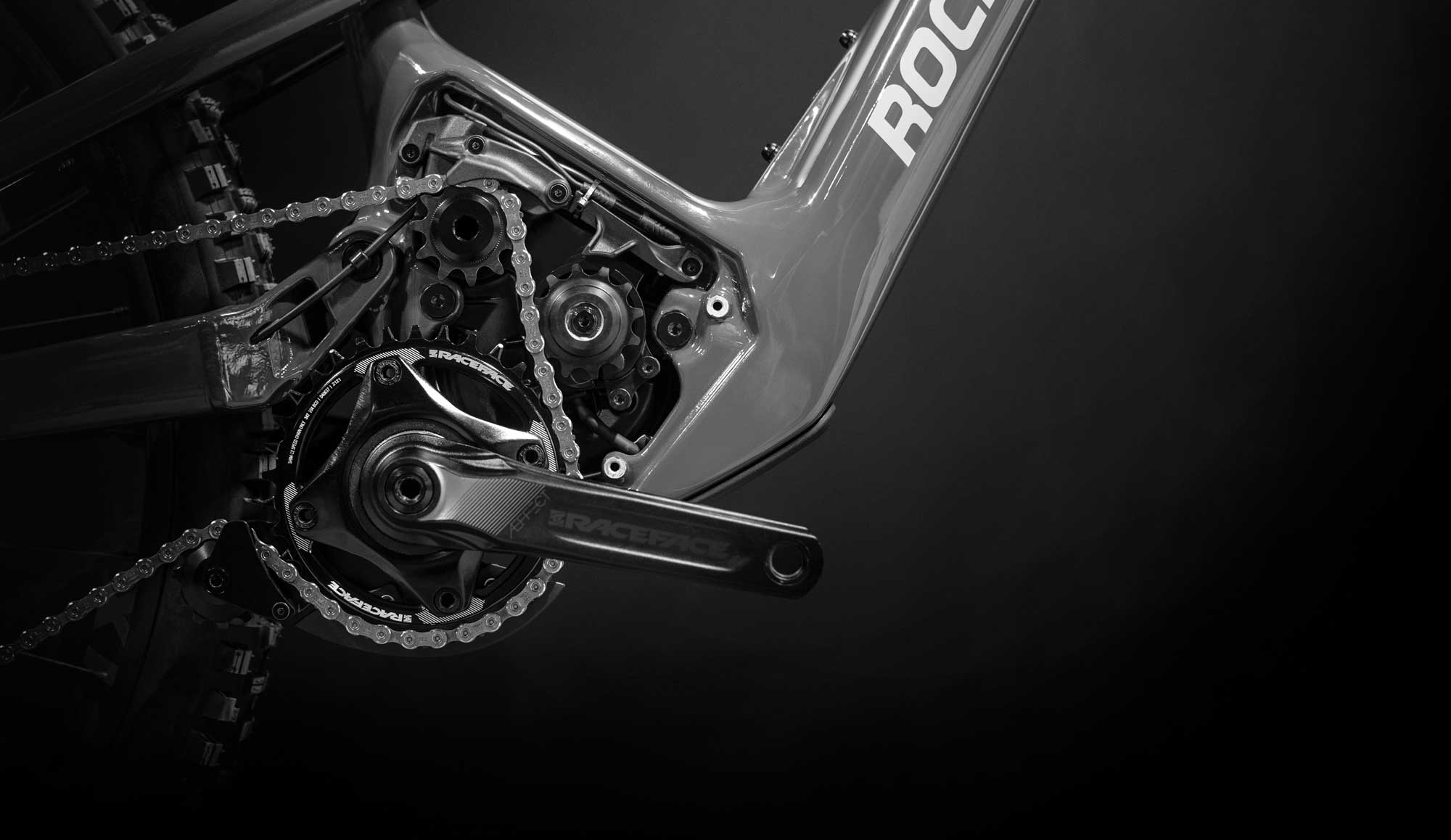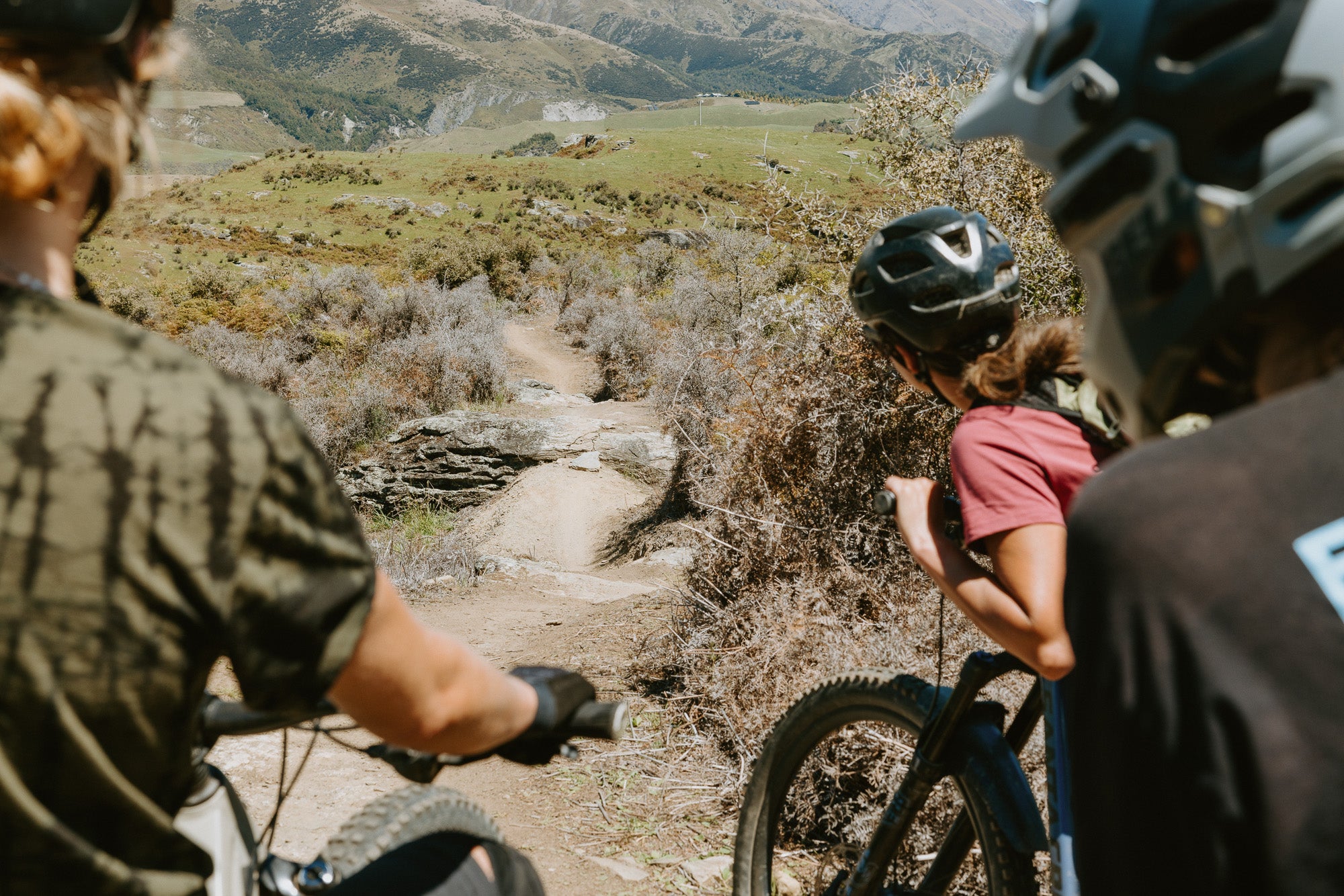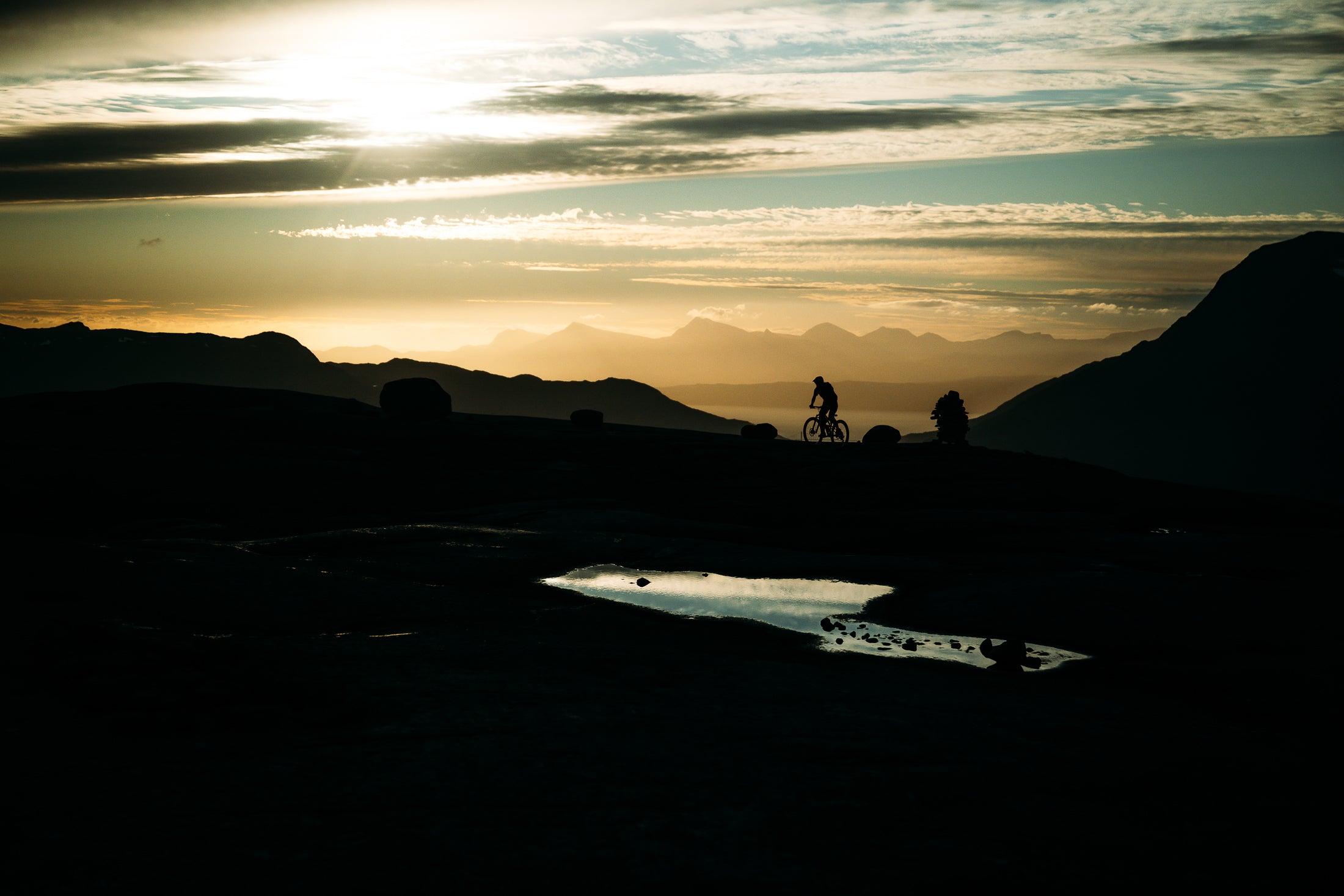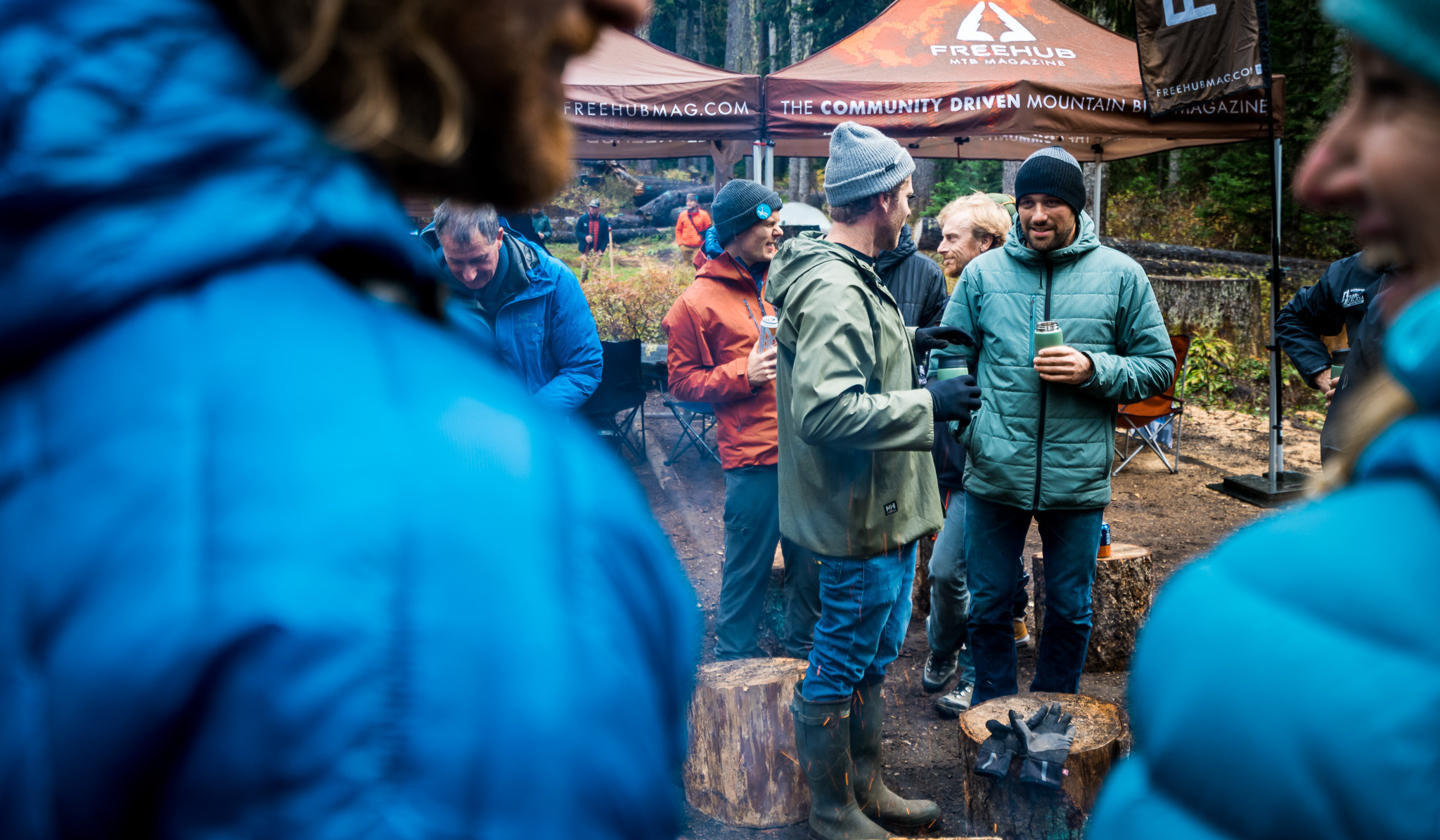“Some of the best riding I’ve done – I don’t even know really how to put it into words.” - Thomas Vanderham
With a career spanning two decades, Thomas Vanderham has dabbled in just about every style of riding going – he’s clearly best known for his freeriding edits – but it’s been some time since he’s participated in anything with a timing chip. “This was a little bit of a departure for me, but I’m always open to new experiences,” he says of his experience at Trans-Cascadia; a 4-day backcountry enduro held in the depths of the Gifford Pinchot National Forest in Washington state.
Despite spending a little time reading up on the event, having seen coverage from previous years, and hearing first-hand accounts from past participants, Thomas found prepping for the event quite the challenge. With a variable weather forecast that called for the possibility of freezing temperatures and snow, there was a lot for him to consider about what to bring and how to best set up his bike.
“I talked to a few people who had done it and definitely heard that 29-inch wheels were the way to go just because of how much pedalling there was and the type of terrain.” Thomas built up an Instinct BC and lightened it up a little with a different rear shock and a few other changes. Based on what he had heard about the length of the days and stages, he put 203mm rotors on the front and back. “This wouldn't be my like typical setup, but it ended up being so clutch.”

Thomas was also really happy about was his tire selection. After debating for a long time about weight, compound, width, and tread pattern, he ended up with a DHR2. “It’s not a mud tire, but it's the closest thing to a mud tire in a more normal tread pattern.”

The next challenge was what to bring for clothing and gear. “Packing was quite difficult – you're only allowed to bring one bag and I wanted to be as prepared as possible.” He threw in multiple jackets, layers, and extra gloves, socks, and eyewear. This allowed him to approach each day of the race like he was prepping for a day of ski touring – ensuring that he had warm and dry options in his riding pack for all occasions. “I probably over-packed every day, I certainly had a heavier pack I think than some of the other riders out there, but I just never wanted to be uncomfortable. I had a warm layer; a light puffy jacket for rest stops. And then I had two rain layers in my pack just in case one got really wet. I saw some of the serious racers rolling around with next to nothing, I was pretty impressed with that.”
Coming into the race, Thomas didn’t know a lot about the details of the terrain. “I came in without any expectations – and it was a week of standouts! They were some of the best trails. They were as good or better than advertised; incredibly long sustained downhills” – especially on Day 3.

On the morning of Day 3, Thomas and the other racers had woken up to snow in the campground and frozen bikes and tents. “It was just clear and cold and when we were riding there was no problem with temperature, we were nice and warm. The approach to the first trail was incredible. It was really misty with the sun coming through it was so beautiful up on this ridgeline.” Racers pedalled up a 1000-foot climb from Takhlakh Lake and took in some incredible views of Mount Adams along the way. The first stage of the day was an 1100-foot descent over 1.2 miles of super-fast gravity-fed flow, following that they traversed along a road to the top of the next stage and to 1200 feet of descending over 1.5 miles with a little rolling climb – and easy grind – in the middle. At the bottom of the stage, they were treated to a big fire and hot lunch. But what truly made Day 3 a favourite among racers was yet to come.
After lunch, they got a bump up in shuttles to the ridgeline on the non-motorized side of the Gifford Pinchot. From the drop-off point, racers had a 1-1.5-hour pedal with a couple of playful descents as they traversed. The snow at the top of this next stage made everything a little more exciting, and the Strawberry mountain trail which had been universally described as “an insane descent” and “deep loam” and “12/10, best ever” did not disappoint.
“I think that was an 11-minute trail and it just felt like you were going mach speed the whole time,” says Thomas. “It’s something I don’t get to ride very often, and I was just loving it!”

Unfortunately, the day was cut short due to weather. “The whole day was incredible until the end, we got cut off the last stage because a big snowstorm rolled in. [Before that was] some of the best riding I’ve done – I don’t even know really how to put it into words.
[The Trans-Cascadia team] do an amazing job of creating really good sightlines so that even though you are riding it blind, you can really see what's coming. They do a good job of making it safe in that way. A lot of the trails are formed by motos, so they have this incredible sort of arc to the turns. With the good amount of moisture in the dirt too, it made it so fun to ride. It was tacky. A little bit was muddy, but it was awesome.”

Although Thomas wistfully wonders what Trans-Cascadia would have been like had it been sunny and warm the whole time, he also felt that the extreme weather added to the overall experience. “It wasn't the easiest, but it was cool. It created some incredible scenery; seeing the snow on the mountains and the trails. The trails were just this perfect brown ribbon framed in with the white snow on the side. It was pretty spectacular! It was a week full of hooting and hollering and high fives. And I thought on numerous occasions through the whole week that my bike was feeling so good. I think I brought the perfect bike.”
